Table of Contents
Introduction
Thyme (Thymus vulgaris) has been used for thousands of years as a culinary herb, respiratory tonic, and natural antiseptic. But did you know it can also be safely vaporized to release its essential oils and benefits directly into the lungs?
When heated gently, thyme produces an aromatic vapor rich in therapeutic compounds like thymol and carvacrol. It’s especially valued for supporting the immune system, clearing the airways, and energizing the mind. In this guide, we’ll cover everything you need to know about vaporizing thyme—including the best temperature, effects, risks, and how to pair it with other herbs for maximum impact.
Why Vaporize Thyme?
Thyme’s natural oils contain antibacterial, antifungal, and expectorant properties. Traditionally used in steam inhalation and teas, thyme can be even more effective when vaporized—because it bypasses digestion and delivers its compounds straight to your respiratory system.
- Fast-acting respiratory support
- Cleaner than smoking or burning thyme bundles
- Rich, earthy flavor and aroma in vapor form
Perfect for flu season, allergy support, or mental focus, vaporized thyme is an underrated ally for herbal wellness.
Active Compounds in Thyme
Thyme contains a unique profile of terpenes, flavonoids, and essential oils that contribute to its powerful aroma and health-promoting effects. The most relevant for vaporization include:
- Thymol: A potent antimicrobial and antioxidant. Helps clear airways and protect against infection.
- Carvacrol: Similar to thymol but slightly less intense. Adds to the antimicrobial and energizing profile.
- 1,8-Cineole (Eucalyptol): Common in eucalyptus. Known for opening sinuses and increasing alertness.
- Linalool: Adds a calming, slightly floral note. Balances thyme’s intensity.
These compounds begin to vaporize at relatively low temperatures—making thyme suitable for a mild, therapeutic session when used properly.
Ideal Vaporization Temperature
The best temperature for vaporizing thyme is between 130°C and 160°C (266–320°F). This range ensures safe release of active oils while avoiding combustion or harsh flavors.
- 130–140°C: Preserves more linalool and cineole. Best for mild focus and aroma.
- 145–155°C: Activates thymol and carvacrol without burning them.
- Above 160°C: Not recommended. May lead to bitterness or irritation.
Tools like the Vapman and Lotus let you control temperature manually with breath and flame—ideal for fine-tuning thyme’s subtle effects.
Health Benefits of Vaporizing Thyme
Thyme vapor is more than just a pleasant smell—it offers real physiological and psychological benefits:
- Respiratory relief: Helps clear mucus and reduce coughing. Useful during colds or allergies.
- Mental focus: Stimulating terpenes sharpen clarity and reduce brain fog.
- Antimicrobial effect: Studies show thyme oil inhibits common pathogens like Staphylococcus and Candida.
- Uplifting but grounded: Balances alertness with a steady, herbal calm.
Many users find thyme vapor especially helpful first thing in the morning or during seasonal transitions when lungs and immunity need extra care.
Risks and Safe Use Guidelines
While thyme is safe when used correctly, its potent oils demand mindful vaporization. Here’s what to keep in mind:
- Don’t overheat: Above 165°C, thymol and carvacrol may become irritating to lungs and throat.
- Don’t overuse: Vaporize small amounts (0.05–0.1g per session). More is not better with thyme.
- Avoid if pregnant: Like most essential oils, concentrated thyme compounds should be avoided during pregnancy without medical guidance.
- Use dried culinary-grade thyme: Never use garden thyme treated with pesticides or non-edible species.
Thyme is strong. Use it sparingly, respectfully, and with awareness—especially on your first session.
How to Vaporize Thyme Correctly
Here’s a quick step-by-step to help you get the most out of thyme:
- Choose organic, dried thyme leaves. Avoid stems or commercial spice blends with additives.
- Grind gently. A coarse or semi-fluffy consistency is ideal.
- Preheat your vaporizer to ~140°C. Manual devices: aim for 2–3 seconds of flame contact max.
- Load lightly. A pinch goes a long way. Don’t pack tightly.
- Inhale slowly for 6–10 seconds. Let the flavor and effect build gradually.
Expect a bright, herbaceous aroma with a slightly cooling finish. If it becomes too sharp or woody, lower the temp or shorten the session.
Herbs That Pair Well with Thyme
Thyme blends beautifully with calming, grounding, or floral herbs to create a more rounded vapor experience. Try combining it with:
- Lavender: Adds a soft floral calm to thyme’s sharp clarity. Vaporize at 130–140°C.
- Lemon Balm: Balances the energetic profile with citrus and mild sedation.
- Sage: Enhances purification and respiratory effects. Use sparingly together.
- CBD-rich hemp: Grounds thyme’s brightness and extends the session. Vaporize thyme first, then increase temp to 170–180°C for hemp.
Tip: Try thyme blends for focused work, morning meditation, or lung clearing after a long day.
Conclusion
Vaporizing thyme is a powerful way to harness this ancient herb’s benefits—without smoke, mess, or guesswork. Whether you're looking to clear your sinuses, support your lungs, sharpen focus, or simply enjoy a bold herbal flavor, thyme delivers a unique experience when treated with care.
Keep your temperature between 130–155°C, start with small amounts, and use a clean vaporizer like the Vapman or Lotus for precise manual control. Used properly, thyme can become a valued part of your herbal vapor routine—especially in the colder seasons or whenever your breath needs clarity.
Sharp. Clean. Energizing. Inhale the breath of thyme.
About the Author

Michael, Founder & CEO of INHALE Vaporizers
Driven by a passion for clean, mindful vaporization, Michael leads INHALE in crafting elegant and sustainable tools like the Vapman and Lotus. With a deep focus on function, ritual, and natural wellness, INHALE helps people reconnect with the power of plants—one breath at a time.
📩 support@nowinhale.com | Contact us



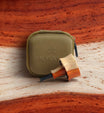

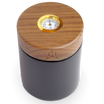
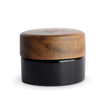


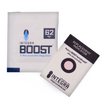


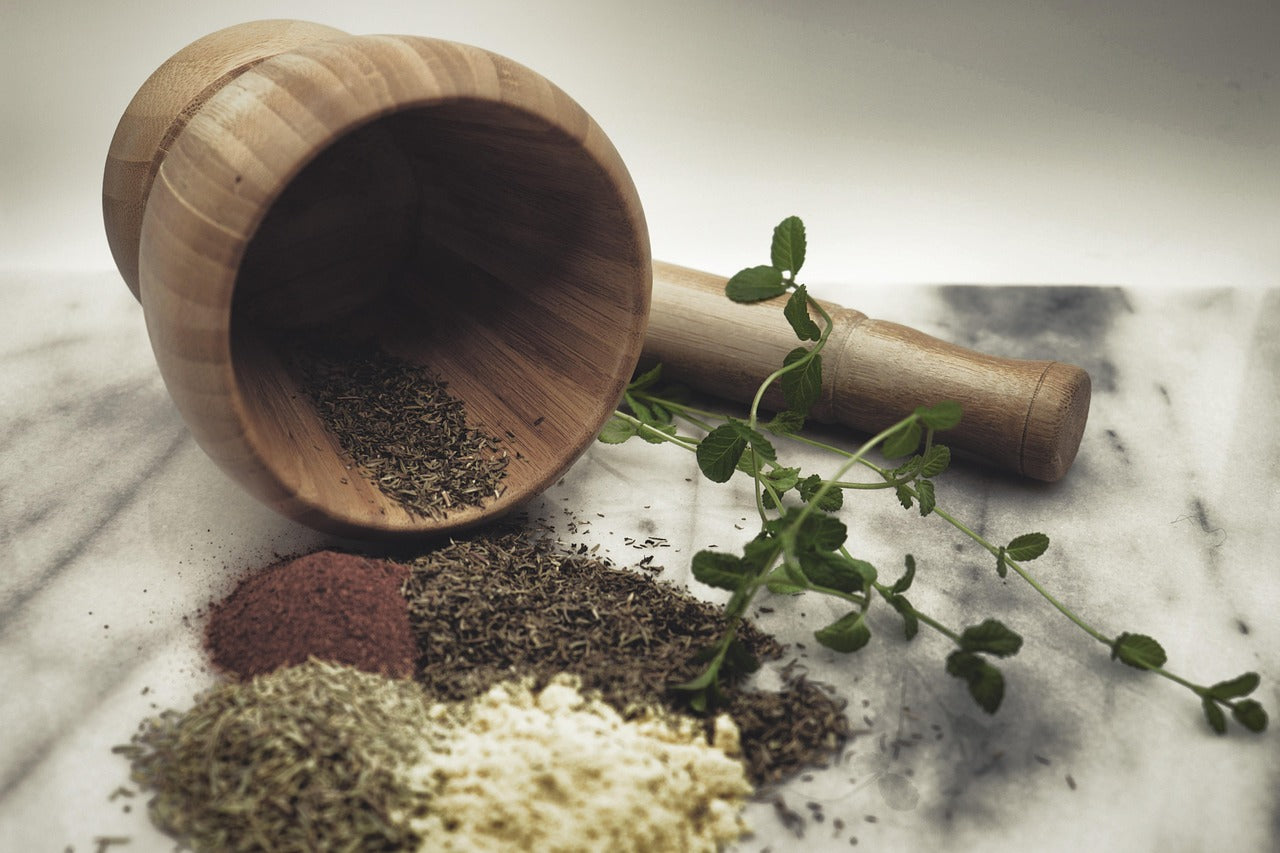
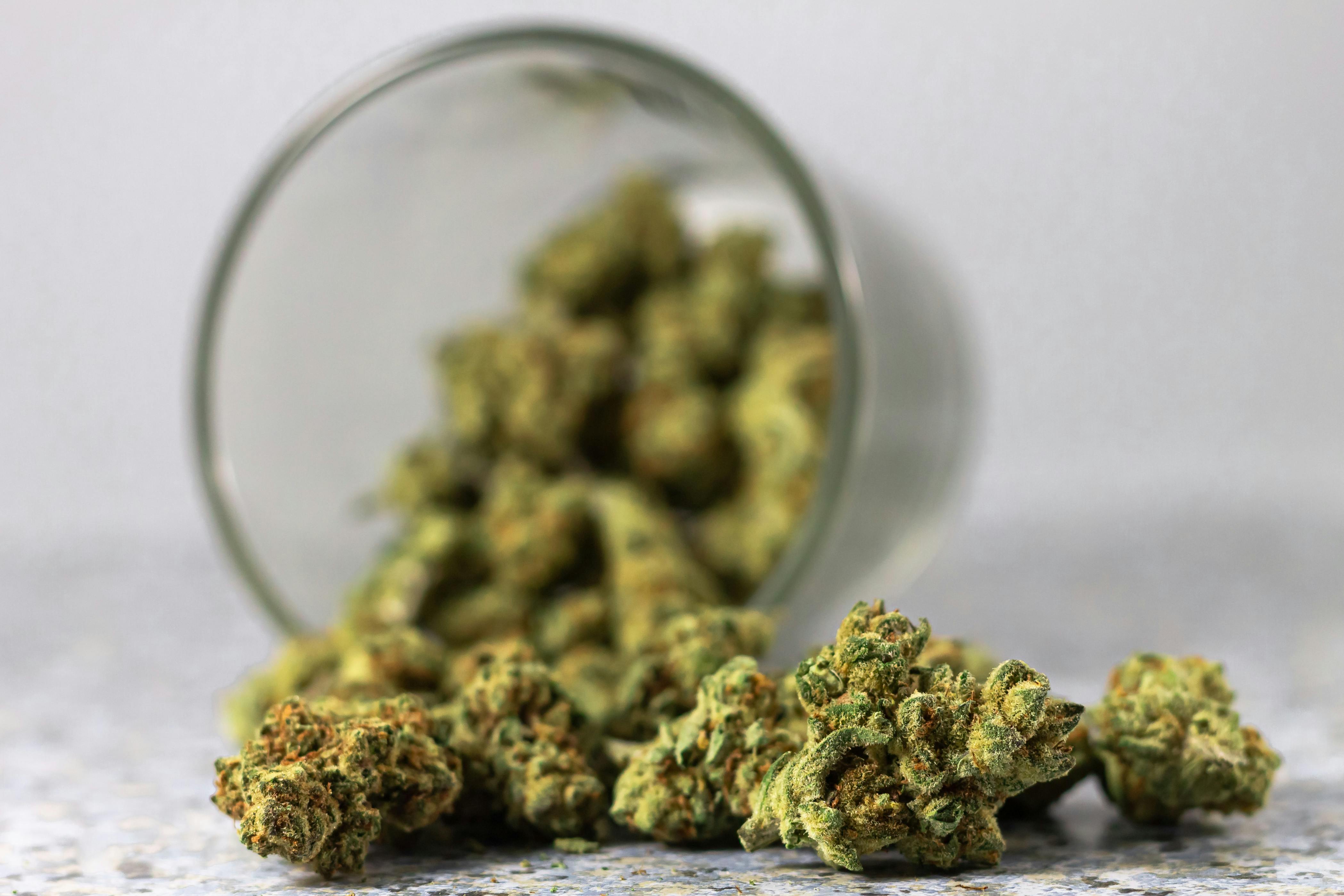
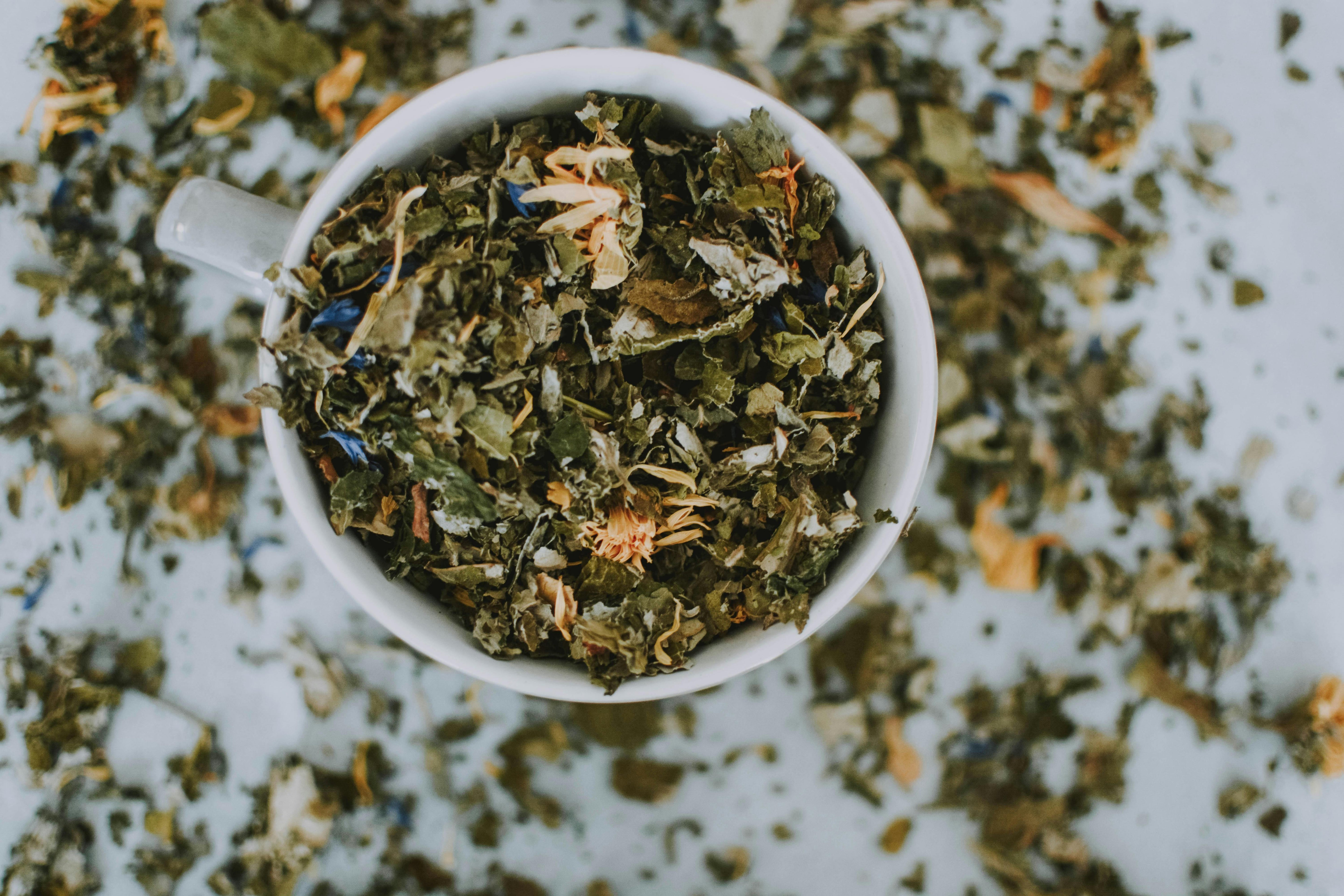


Leave a comment
All comments are moderated before being published.
This site is protected by hCaptcha and the hCaptcha Privacy Policy and Terms of Service apply.